April itinerary in Japan Day 1 (Kochi Prefecture)
(Monday, April 18)
Table of contents
1. Kochi Prefectural Kochi Otemae High School
2. Landscape of Kure Port and Fisherman Town
1. Kochi Prefectural Kochi Otemae High School
I traveled to Kochi and Ehime prefectures from April 18th (Monday) for 3 nights and 4 days. This time as well, I sent my luggage to my travel destination and enjoyed the “Luggage-free trip”.
I flew from Haneda Airport to Kochi Ryoma Airport. The planes I used are as follows.
Depart Haneda Airport at 7:55, ANA561, arrive at Kochi Ryoma Airport at 9:15
Planes before takeoff were lined up at Haneda Airport.
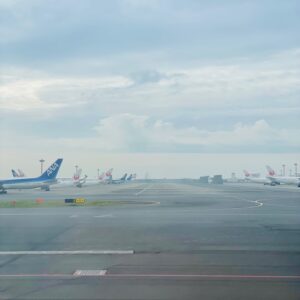
I could see the Yokohama Bay Bridge from the plane, but after that I couldn’t enjoy the scenery with the clouds. However, the weather improved over Kochi, and I was able to enjoy the view of Kochi Prefecture from the sky.
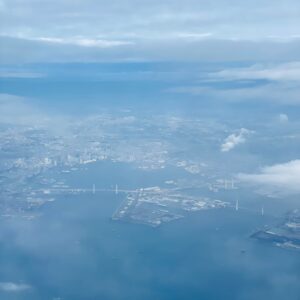
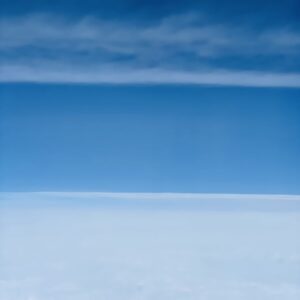
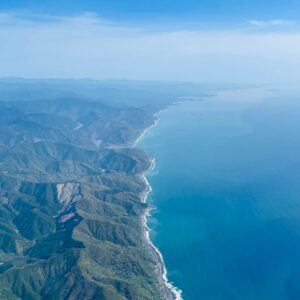
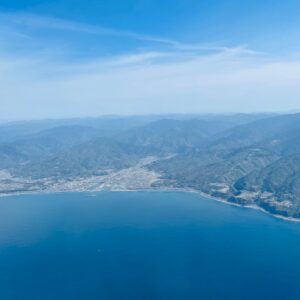
I arrived at Kochi Ryoma Airport and took a limousine bus to Kochi Station. The limousine buses I used are as follows.
Depart Kochi Ryoma Airport at 9:20, Limousine Bus Kochi Airport Line, arrive at Kochi Station Bus Terminal at 9:45, Fare Yen 740
Schedules for both airplanes and limousine buses are as above. However, the arrival time of the plane was delayed by about 5 minutes, so the departure and arrival time of the limousine bus was also delayed by about 10 minutes. Therefore, I could not get on the limited express Ashizuri No. 1 departing from Kochi Station at 9:53. I had to wait for about 2 hours at Kochi Station until the departure time of the next limited express Ashizuri No. 3 at 11:42. I didn’t have breakfast, so I had breakfast at “Hirome Market”. It takes about 15 minutes on foot from Kochi Station to “Hirome Market”.
“Hirome” in “Hirome Market” is derived from the site of the residence of Shigeaki Hirome Fukao, who was the chief retainer of the Tosa domain. Shigeaki Hirome Fukao was one of the so-called “New Okoze-Gumi” led by Toyo Yoshida. I will post about breakfast at “Hirome Market” on the BLOG two days later.
On the way from Kochi Station to “Hirome Market”, there is Kochi Prefectural Kochi Otemae High School. It is a historic school which is opened in 1878 as “Kochi Junior High School”. The clock tower of Kochi Prefectural Kochi Pursuit High School is impressive.
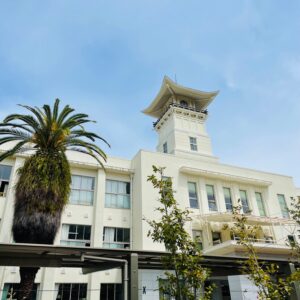
The graduates of this school include many celebrities such as the 27th Prime Minister Hamaguchi Osachi, who was called the “Lion Minister,” and Takashi Yanase, the cartoonist of “Anpanman.”
Since Takashi Yanase was raised in Kochi Prefecture, JR Shikoku has been operating the “Anpanman Train” since October 2000. When I took the limited express to Tosa-Kure Station, the “Anpanman Train” was stopped at Kochi Station.
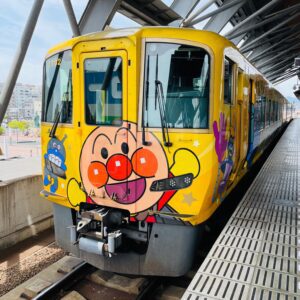
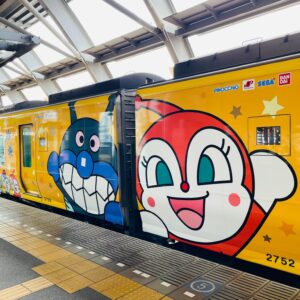
2. Landscape of Kure Port and Fisherman Town
I headed from Kochi Station to Tosa-Kure Station and enjoyed the “Landscape of Kure Port and Fisherman Town“. The means of transportation I used are as follows.
Depart Kochi Station at 11:42, Dosan Line Limited Express Ashizuri No. 3, arrive at Tosa Kure Station at 12:32, Fare Yen 2,840
“Limited Express Ashizuri No. 3” was a comfortable vehicle with the 2700 series diesel railcar introduced in 2019. The 2700 series diesel railcar was selected for the 60th (2020) Laurel Prize by the Japan Railfan Club. This is the third award for JR Shikoku for the first time in 30 years. The first chairman of the Japan Railfan Club is Hideo Shima, who designed the steam locomotive D51 and is known as the creator of the Shinkansen.
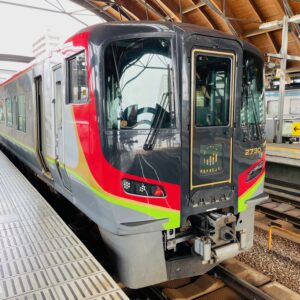
When I arrived at Tosakure Station, it was an unmanned station despite the limited express stop.
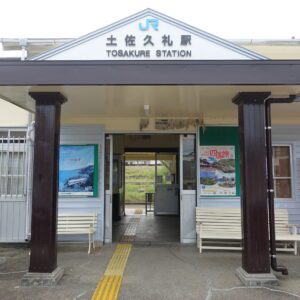

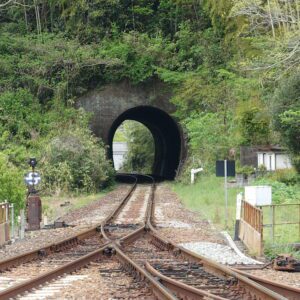
In February 2011, “Landscape of Kure Port and Fisherman Town” was selected as the national important cultural landscape for the first time in Japan as a fisherman’s town. The unique cultural landscape centered on the fisherman’s town and fishing port that developed along with the bonito fishing is highly evaluated. Kure Port has developed as one of the important ports for transporting goods such as forest resources produced in the Shimanto River basin to the Kansai region. It has also prospered as one of the centers of bonito fishing.
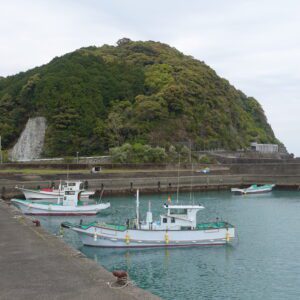
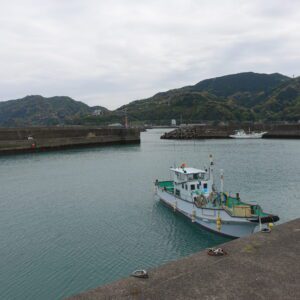
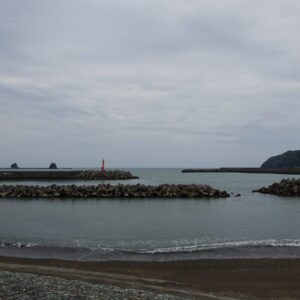
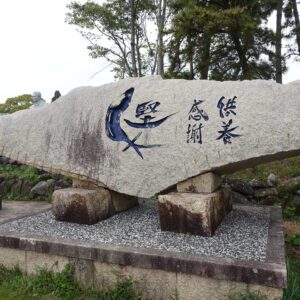
There was almost no traffic in the city around Kure Port, so I couldn’t feel the liveliness of the fisherman’s town. I felt melancholy because there was no traffic. There was a corner where old signboards from the Showa era were collected, but the signboards made me feel more melancholy. In order to make the “Landscape of Kure Port and Fisherman Town” a tourist destination, it may be necessary to make drastic strategic changes. However, as I will post on the BLOG two days later, the bonito I ate at the Kure Taishomachi Market was excellent, so it was well worth the trip to Kure.
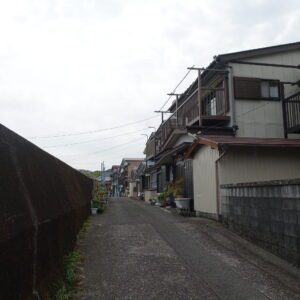
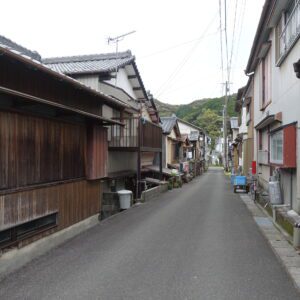
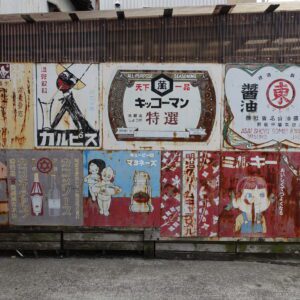
3. Kure Hachimangu Shrine
Kure Hachimangu Shrine is Sochinju (the center place to pray for local gods) of Kure. It was enshrined on the beach of Kure and is venerated by fishermen as the guardian deity of the sea. It was built around 1392, and the current shrine is rebuilt in 1825. The “Kure Hachimangu Shrine Autumn Festival”, which is one of the “Three major festivals in Tosa (Kochi)”. Since it is built near the sea, you can see the sea from the precincts.
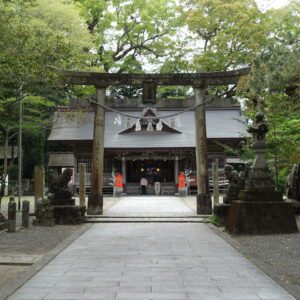
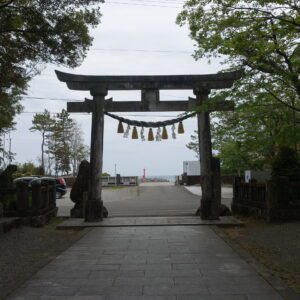
The characteristic of Kure Hachimangu Shrine is the Ema (votive horse tablet) unique to the bonito fishing town. Bonito and bonito tataki horse votive tablets were dedicated. The plates inside the shrine was also wonderful.
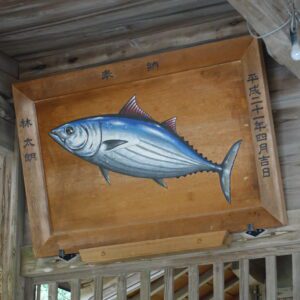
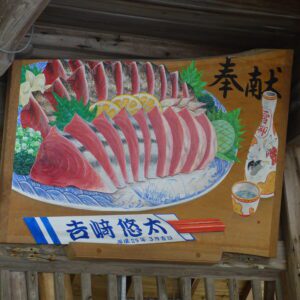
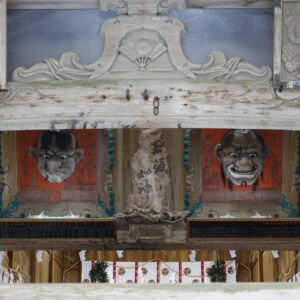
4. Nishioka Brewery
Nishioka Brewery, located near Tosakure Station, is the oldest brewery in Kochi prefecture with a history of 241 years, founded in 1781 in the middle of the Edo period. Since the founding of the brewery is older than 1836, when Ryoma Sakamoto was born, Ryoma Sakamoto may have drank sake from Nishioka Brewery.
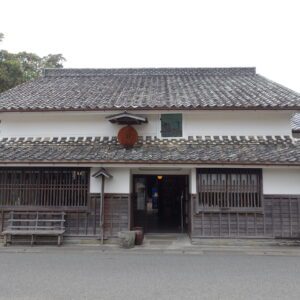
You can sample sake in the store. It was all very delicious sake. Tasting delicious sake at such a historic kuramoto (sake brewery) is one of the pleasures of traveling. I bought sake to drink at night and drank it at the hotel.
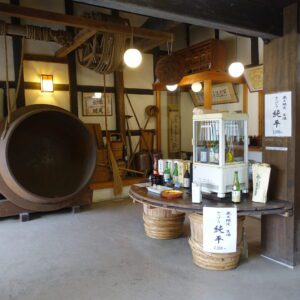
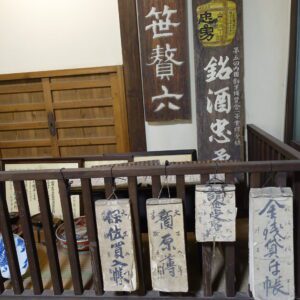
5. Ichijo Shrine
I moved from Tosakure station to Nakamura station, rented a bicycle and went to Ichijo Shrine. I rented a bicycle for 24 hours for the next day’s Shimanto River cycling. The 24-hour charge was Yen 2,000. The public transportation used to move from Tosa-Kure Station to Nakamura Station is as follows.
Depart Tosa-Kure Station at 14:38, Dosan Line Limited Express Ashizuri No. 5, arrive at at Nakamura Station at 15:31, Fare Yen 3,170
It took less than 5 minutes by bicycle from Nakamura Station to Ichijo Shrine. It takes about 20 minutes on foot. The origin of Ichijo Shrine is that a shrine was built in 1607 by Tosa Ichijo’s surviving retainer to enshrine the spirits of successive family of Tosa Ichijo. The current main shrine was built in 1944.

The origin of Tosa Ichijo clan was that the former Kampaku (the chief adviser to the Emperor) Norifusa Ichijo went to Tosa Hatanosho (now Shimanto City), which was his territory. He has escaped from Kyoto, which is confused by the Onin War in 1468.
The “Nakamura Gosho (Imperial palace)”, which was based on Norifusa Ichijo and its descendants, was in the precincts of the current Ichijo Shrine. Nakamura, where Tosa Ichijo clan was based, is called “Little Kyoto of Tosa” because the town was created to imitate Kyoto.
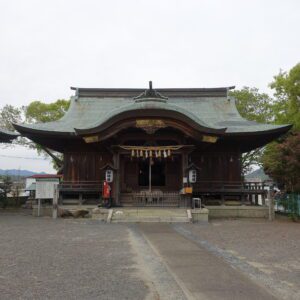
The annual festival is called “Ichijo Festival” and is also counted as one of “Three major festivals in Tosa (the others are “Kure Hachimangu Shrine Autumn Festival” in Nakatosa Town and “Akiba Festival” in Niyodogawa Town)”. However, there is a theory that the “Three major festivals in Tosa (Kochi)” replace the “Ichijo Festival” with the “Shinane Festival” in Kochi City.
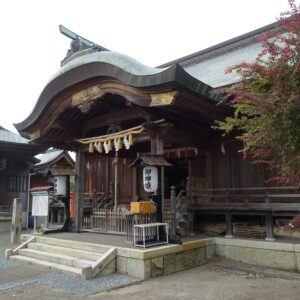
6. Fuba Hachimangu Shrine
I went to Fuba Hachimangu Shrine, which is about 5 minutes by bicycle from Ichijo Shrine. It takes a little over 20 minutes on foot.
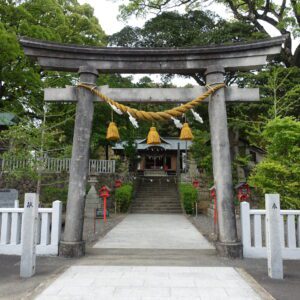
Fuba Hachimangu Shrine was founded by Norifusa Ichijo, who built Hachimangu in 1469-1487 in the middle of the Muromachi period. After being venerated as the guardian deity of Tosa Ichijo clan, it was worshiped by the Yamauchi family, the lord of the Tosa domain, during the Edo period.
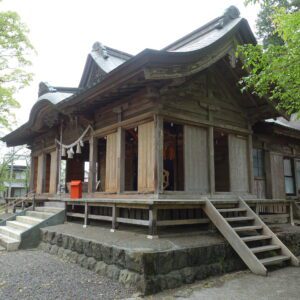

The main shrine of Fuba Hachimangu Shrine is a national important cultural property. The main shrine was built in 1559. You can see the style of the late Muromachi period (1336-1573).
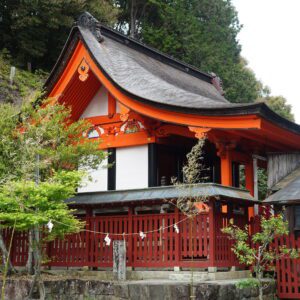
Note: The departure / arrival times, fares of transportation, admission fees, meal fees, etc. listed in the text are as of the time of writing the BLOG. Please check for yourself when you go on a trip as it may change in the future.